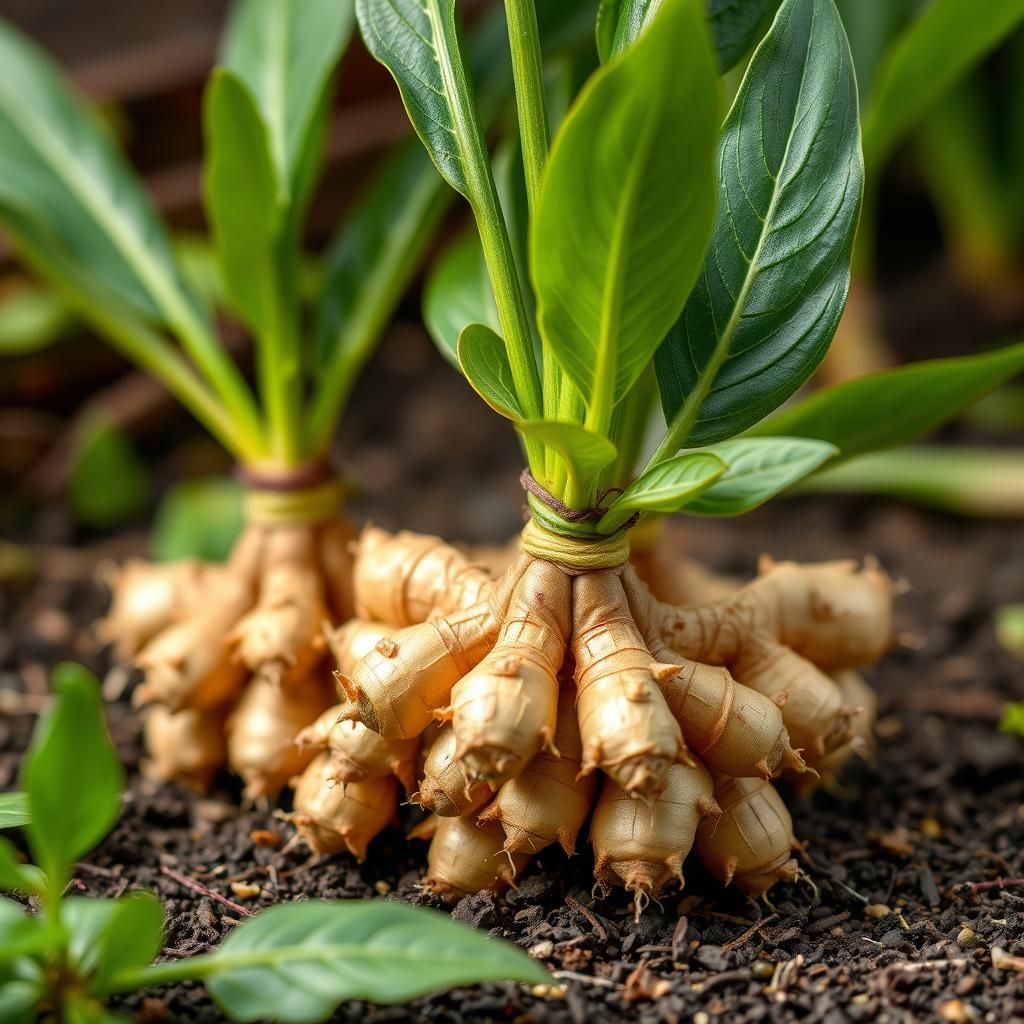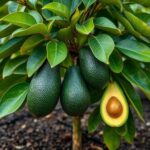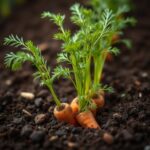The Ultimate Guide on When to Plant Ginger in Sydney for a Thriving Harvest

Planting ginger can be a rewarding endeavor, especially for those living in Sydney, where the climate provides ideal conditions for growth. Understanding the best times to plant ginger is crucial for achieving a thriving harvest. This ultimate guide will walk you through the optimal planting seasons, climate factors to consider, and tips for nurturing your ginger plants. Whether you are a seasoned gardener or a novice looking to dabble in home gardening, this article will equip you with the knowledge needed to cultivate vibrant ginger that can enhance your culinary creations and health.
Optimal Timing for Planting Ginger in Sydney
In Sydney, the best time to plant ginger is during the warmer months, specifically from October to December, when the soil temperature rises above 15°C (59°F). This period aligns with the spring season, providing the ideal conditions for ginger to sprout and grow. By planting in this window, you allow the plants to take advantage of the longer daylight hours and consistent warmth, which are crucial for their development. Additionally, ensuring that the ginger is planted in well-drained, rich soil combined with regular watering will further enhance growth, leading to a fruitful harvest.
Understanding Ginger’s Growing Conditions
Ginger thrives in tropical and subtropical climates, making it well-suited for Sydney's mild winters and warm summers. To cultivate ginger successfully, it is essential to provide it with partial shade and protection from strong winds. The soil should be loamy, with good drainage to prevent waterlogging, which can cause rot. Furthermore, maintaining a consistent moisture level without over-saturating the soil is vital for the root's development.
Preparing Ginger Rhizomes for Planting
Before planting, selecting quality ginger rhizomes is crucial. Look for plump, healthy pieces that have at least one or two visible buds or eyes. To prepare, soak the rhizomes in water for a few hours, which helps boost their growth potential. If the rhizomes are large, consider cutting them into smaller sections, ensuring each piece contains a bud. Let them dry for a day before planting to reduce the risk of disease.
Soil Requirements for Ginger
Ginger prefers well-drained soil that is rich in organic matter. Adding compost or well-rotted manure can enhance soil fertility and improve moisture retention. The optimal pH level for ginger cultivation is between 6.0 and 6.8. Conducting a soil test prior to planting can help ensure that the nutrients and pH levels are suitable for ginger growth, making necessary amendments before planting.
See also:
Watering Guidelines for Newly Planted Ginger
Once ginger is planted, it is important to water it consistently but not excessively. The soil should be kept moist but not soggy, as ginger is susceptible to rot in overly wet conditions. A good practice is to water every couple of days, particularly during dry spells, but reduce watering as the ginger matures, ideally when the foliage starts to yellow, signaling it's time to harvest.
Harvesting Ginger at the Right Time
Ginger is generally ready for harvest about 8 to 10 months after planting, when the leaves start to turn brown and die back. At this point, you can gently dig around the base to uncover the rhizomes. For smaller, young ginger, you can harvest earlier, around 4 to 6 months. Proper timing ensures the ginger has developed a robust flavor profile and optimal texture.
| Month | Action | Details |
|---|---|---|
| October | Plant Ginger | Start planting ginger rhizomes in well-prepared soil. |
| November | Ongoing Care | Ensure consistent watering and provide partial shade. |
| December | Continued Growth | Monitor growth; apply compost as needed. |
| August | Preparation for Harvest | Watch for yellowing leaves; reduce watering. |
| September | Harvest | Time to dig up the rhizomes when leaves die back. |
Understanding Ginger's Growth Cycle in Sydney
Ginger has a specific growth cycle that is influenced by the local climate and seasonal changes in Sydney. To achieve a thriving harvest, it is crucial to plant ginger during the right time of the year. The best planting window is typically between September and November, which corresponds with the start of the spring season in Sydney. During this period, the soil temperatures are warmer, and the risk of frost is minimal, allowing the ginger rhizomes to establish themselves and flourish. Observing local weather patterns and ensuring that the soil has good drainage can further enhance ginger's growth potential.
Best Varieties of Ginger for Sydney's Climate
When selecting ginger varieties for Sydney, it is important to choose those that are well-suited for the local environment. The most popular varieties include Common Ginger (Zingiber officinale) and Blue Ginger (Dichorisandra thyrsiflora). Common Ginger is known for its vibrant flavor and is widely cultivated for culinary uses, while Blue Ginger offers attractive flowers and can thrive in slightly more shaded areas. Choosing the right variety can significantly impact the yield and quality of the ginger you harvest.
Soil Preparation for Successful Ginger Planting
Proper soil preparation is essential for a successful ginger planting in Sydney. Ginger prefers loamy, well-draining soil rich in organic material. It is recommended to amend the soil with compost or well-rotted manure to enhance fertility. Conducting a soil test beforehand can aid in determining the pH level, which should ideally be between 5.5 and 6.5. This ensures that the nutrients are readily available for the ginger rhizomes when they are planted, setting the stage for a thriving harvest.
See also:
Watering and Care for Ginger Plants
Ginger requires consistent moisture but is sensitive to waterlogging. It is essential to water the plants regularly, especially during dry periods, ensuring the top inch of soil remains consistently moist. Using a drip irrigation system can provide efficient moisture without saturating the roots. Furthermore, mulching around the plants can help retain soil moisture, suppress weeds, and provide additional nutrients as it breaks down. Careful monitoring of the plants will help spot any stress signs, allowing for timely interventions.
Signs of Harvest Readiness in Ginger
Understanding when ginger is ready for harvest is critical to maximizing the quality of the produce. Generally, ginger can be harvested about 8-10 months after planting, once the leaves have turned yellow and begin to die back. At this point, the rhizomes become larger and more flavorful. Gently digging around the plant can help determine the size of the rhizomes without damaging them; a firm, plump rhizome indicates optimal readiness. Harvesting at the right time ensures the best taste and quality for your culinary endeavors.
Common Pests and Diseases Affecting Ginger in Sydney
Ginger is susceptible to various pests and diseases that can impact growth and yield. Common pests include aphids, thrips, and nematodes. Implementing preventive measures, such as rotating crops and introducing beneficial insects, can help manage these threats. Additionally, diseases like ginger rhizome rot can occur in overly wet conditions, so ensuring proper drainage and avoiding overwatering is crucial. Regular inspection of the plants for any signs of distress or infestations allows for early intervention, preserving the health of your ginger crop.
Questions from Our Readers
When is the best time to plant ginger in Sydney?
The best time to plant ginger in Sydney is during the spring months, specifically from September to November, when the soil temperature starts to warm up. This allows the ginger rhizomes to establish roots and grow more effectively as the weather becomes more favorable.
Can ginger be planted year-round in Sydney?
While ginger can theoretically be planted year-round in Sydney, it is recommended to plant it in the spring for optimal growth. Ginger thrives in warm temperatures and well-drained soil, making the spring months ideal for planting.
See also:
Is there a specific soil type ideal for planting ginger in Sydney?
Ginger prefers loamy, well-drained soil rich in organic matter, making it essential to prepare the soil properly before planting. Amending the soil with compost or well-rotted manure can help achieve the ideal conditions for healthy ginger growth.
How much sunlight does ginger need when planted in Sydney?
Ginger grows best in areas with partial shade to full sun, requiring about 4-6 hours of sunlight per day. However, it is important to protect the plants from intense afternoon sun to prevent leaf scorch and ensure proper growth.

If you want to read more articles like The Ultimate Guide on When to Plant Ginger in Sydney for a Thriving Harvest, we recommend you check out our Seeds category.
Leave a Reply
Related Articles